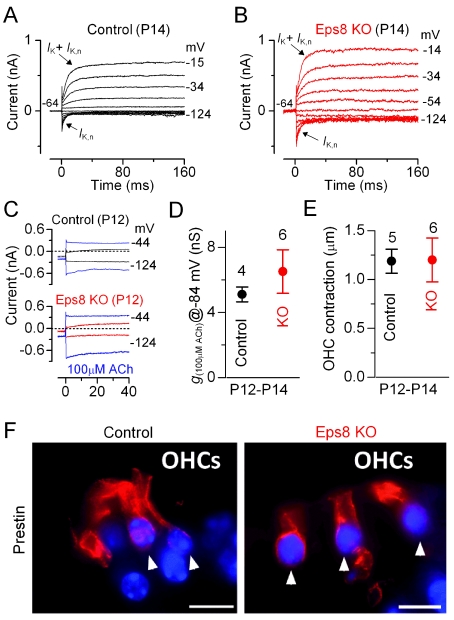Figure 7. Eps8 does not affect the development of OHC basolateral properties.
(A and B) K+ currents recorded from mature control and knockout OHCs, respectively, elicited by depolarizing voltage steps (10 mV nominal increments) from −124 mV to more depolarized values from the holding potential of −64 mV. The K+ current characteristic of adult OHCs, I K,n, was similarly expressed in OHCs from control and knockout Eps8 mice (see also Table 2). (C) Membrane currents recorded from control (top panel) and knockout (bottom panel) P12 OHCs before and during superfusion with 100 µM ACh (blue traces). (D) Steady-state slope conductance measured near −84 mV in the presence of 100 µM ACh. (E) OHC contraction (i.e. electromotility) in response to voltage steps from −64 to +56 mV at room temperature. Note that the size of the total K+ current, the isolated I K,n (see also Table 2), ACh responses, and electromotile activity were all similar between control and knockout OHCs. (F) Immunolabeling of the motor protein prestin (red) in OHCs of adult control (left panel) and Eps8 knockout mice (right panel) was normal. Arrowheads point to OHCs. Scale bars: 10 µm.

